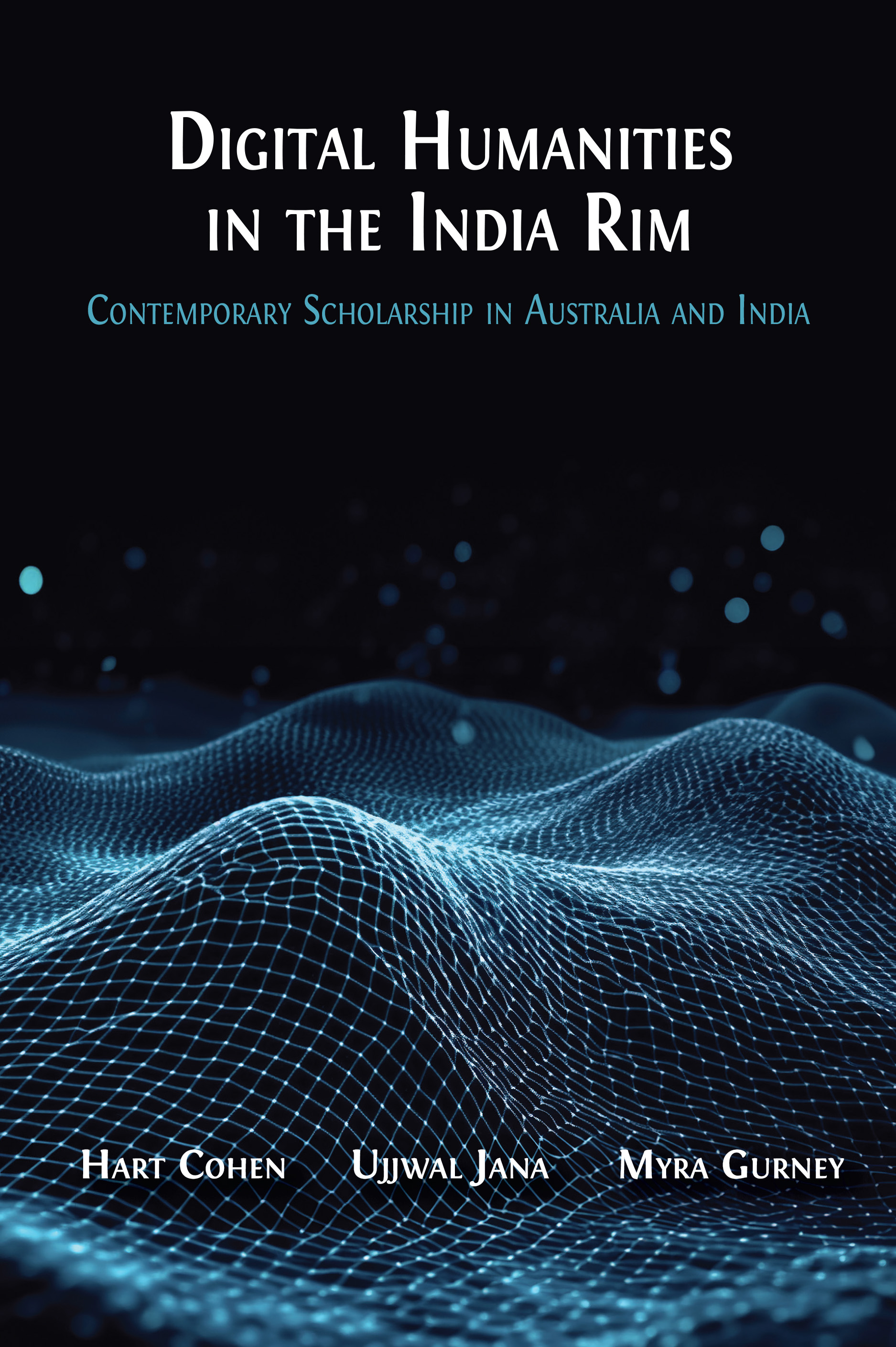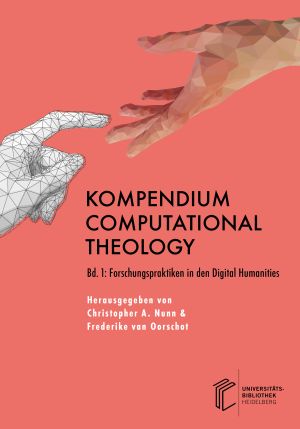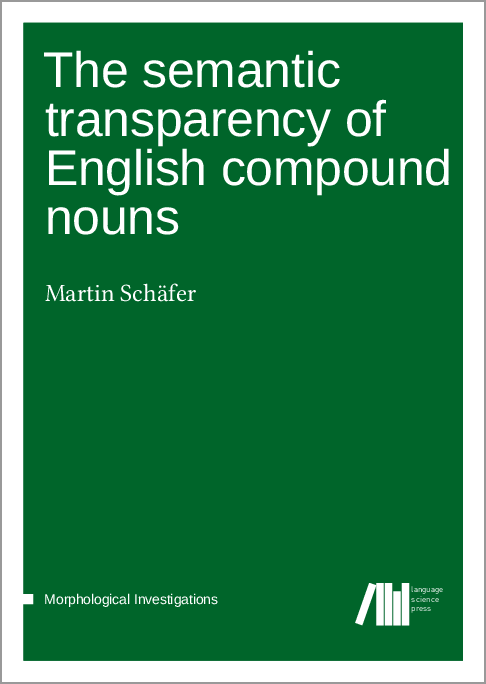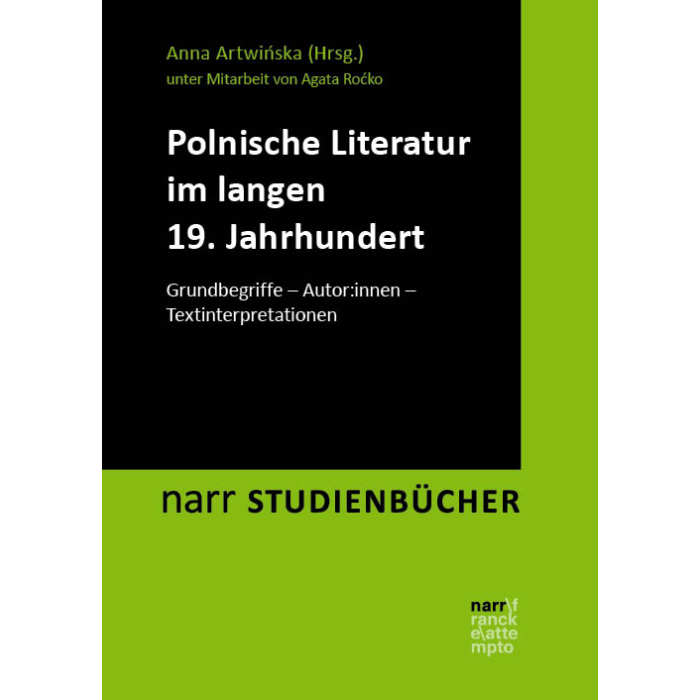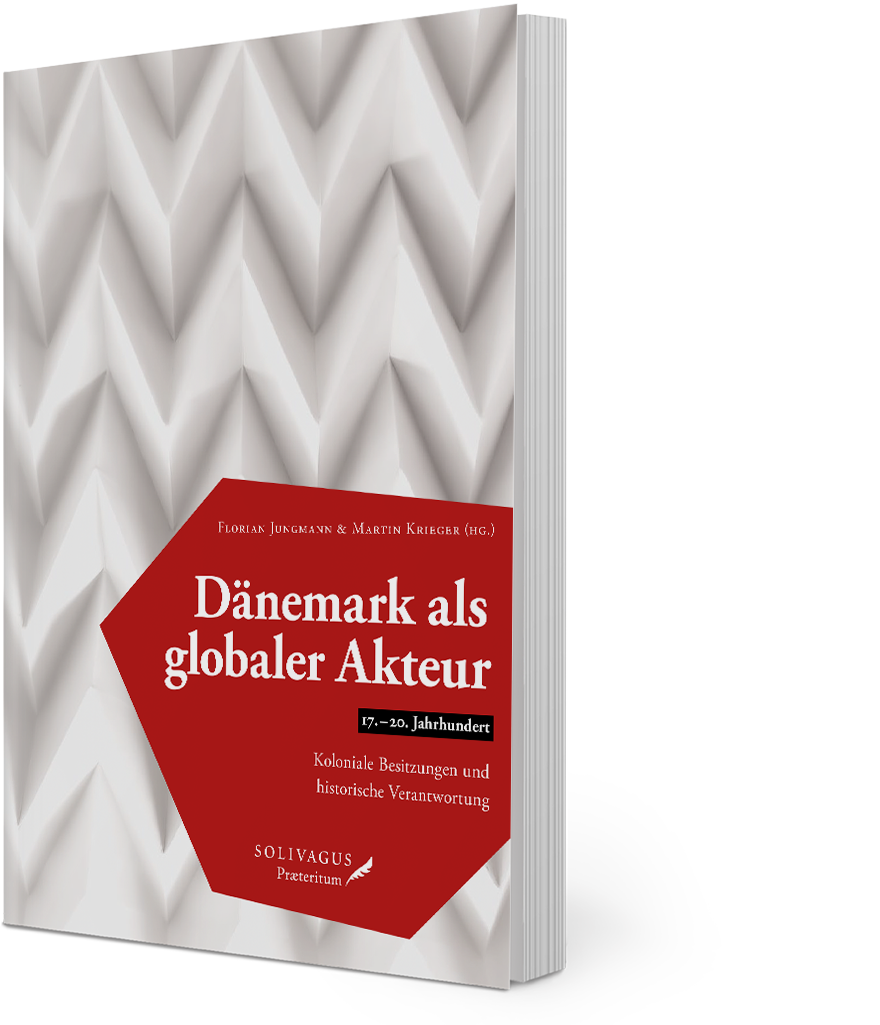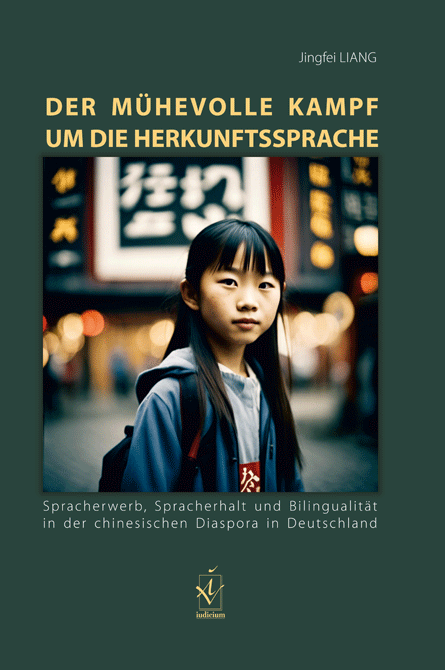Die russische Autorin Nadeschda Mandelstam rettete auf einzigartige Weise viele Gedichte ihres verstorbenen Mannes Ossip Mandelstam vor dem Vergessen und vor der Beschlagnahmung: Sie lernte sie auswendig.
Ein akustisches Denkmal.
Der russische Dichter Ossip Mandelstam starb 1938 im Alter von 47 Jahren in einem Lager Stalins. Nach seinem Tod erlebte seine Ehefrau Nadeschda auf einer 30-jährigen Odyssee durch die Sowjetunion viele Hausdurchsuchungen. Man wollte die verbotenen Gedichte finden. Und vernichten.
Es gab nur eine Möglichkeit, sie zu retten: sie auswendig zu lernen. Sogar nachts sagte Nadeschda Mandelstam oft die Gedichte laut vor sich her, aus Angst sie zu vergessen. Schlaflose Nächte voller Stimmen. Das Feature rekonstruiert ihr Leben. Im Zentrum steht ein Fund aus einem niederländischen Archiv von 1973: eine Aufzeichnung ihrer Stimme, der in dieser Sendung ein Denkmal gesetzt wird.Die überwältigende Kraft der Poesie
Ende Dezember 1980 starb Nadeschda Mandelstam 81-jährig in Moskau. Der Biograph Ralph Dutli schreibt:
Ihr Begräbnis am 2. Januar 1981 auf dem alten Trojekurowskoje-Friedhof beim Moskauer Vorort Kunzewo wurde zur stillen, trotzigen Manifestation vorwiegend junger Russen. Aber auch Spitzel und KGB-Agenten waren zugegen. Eine Bestattung auf dem zentralen Wagankowo-Friedhof war von der Staatssicherheit untersagt worden, die befürchtete, Nadeschda Mandelstams Grab könnte zur Wallfahrtsstätte werden. Die Bestattung in Kunzewo war im Bewusstsein der Anwesenden auch eine Gedenkfeier für den im Wladiwostoker Massengrab verscharrten Dichter. (…) Beim Leichenmahl legte die Woronescher Freundin Natascha Stempel ihre Scheu ab und sprach in ruhigen Worten über das Glück ihrer Begegnung mit den Mandelstams. Dann kam es zu einem bewegenden Moment. Ohne Aufforderung stand einer nach dem anderen auf und rezitierte auswendig Gedichte Mandelstams. Natascha Stempel in ihren Erinnerungen:
„Und vor den aufgewühlten, vom völlig unerwarteten Geschehen bestürzten Zuhörern erstand in seiner Größe der Dichter Ossip Mandelstam. Wahrscheinlich hat es noch nie ein solch inspiriertes literarisches Porträt gegeben, das erklang wie ein Requiem. Und schon gab es keinen Tod und keinen Kummer mehr. Welch überwältigende Kraft der Poesie!“
(Deutschlandfunk, Lou Brouwers)
Sie können die Sendung, die am 19.1.2025 im Deutschlandfunk lief, über die Seite des Senders nachhören oder als Audiodatei herunterladen.


